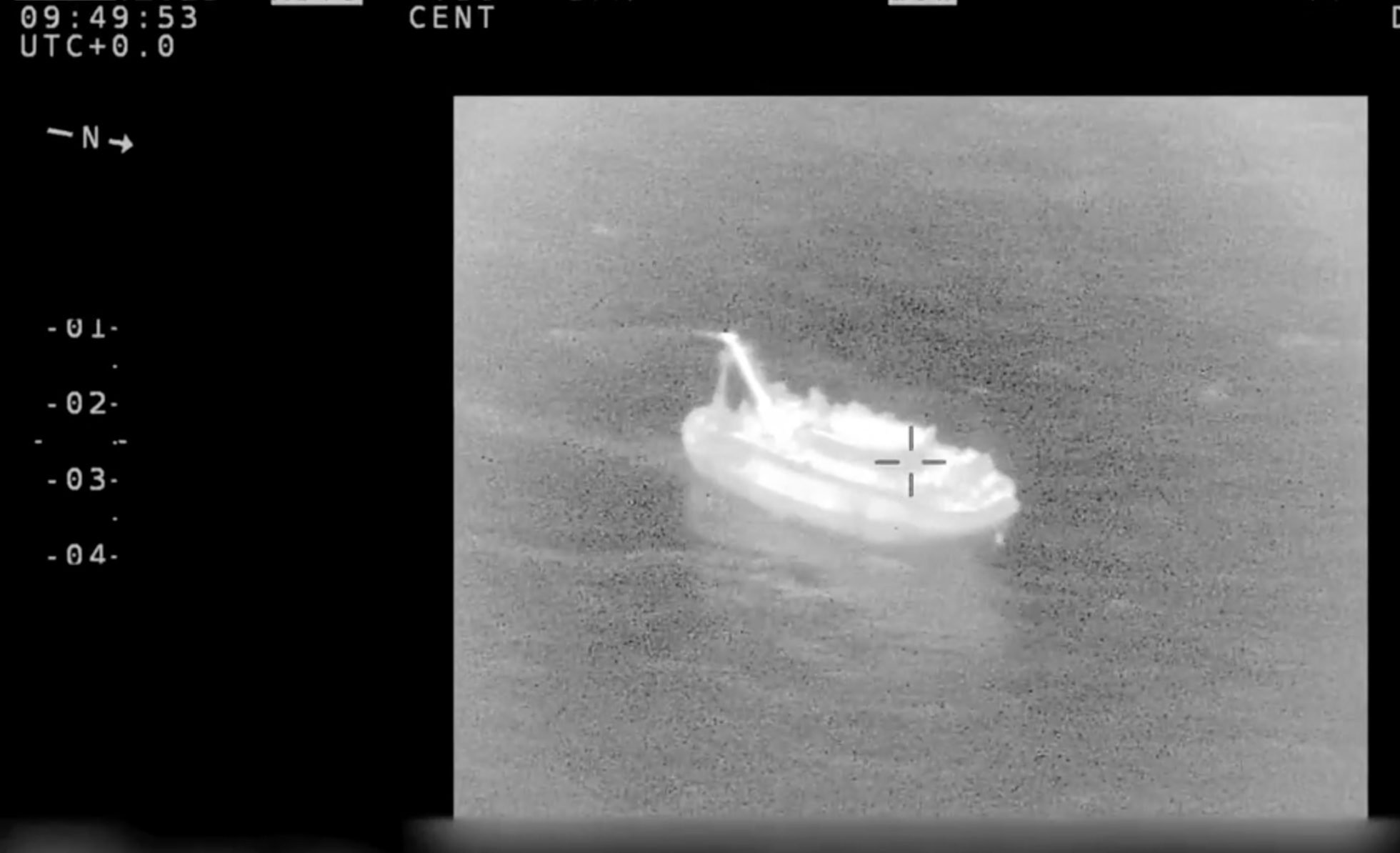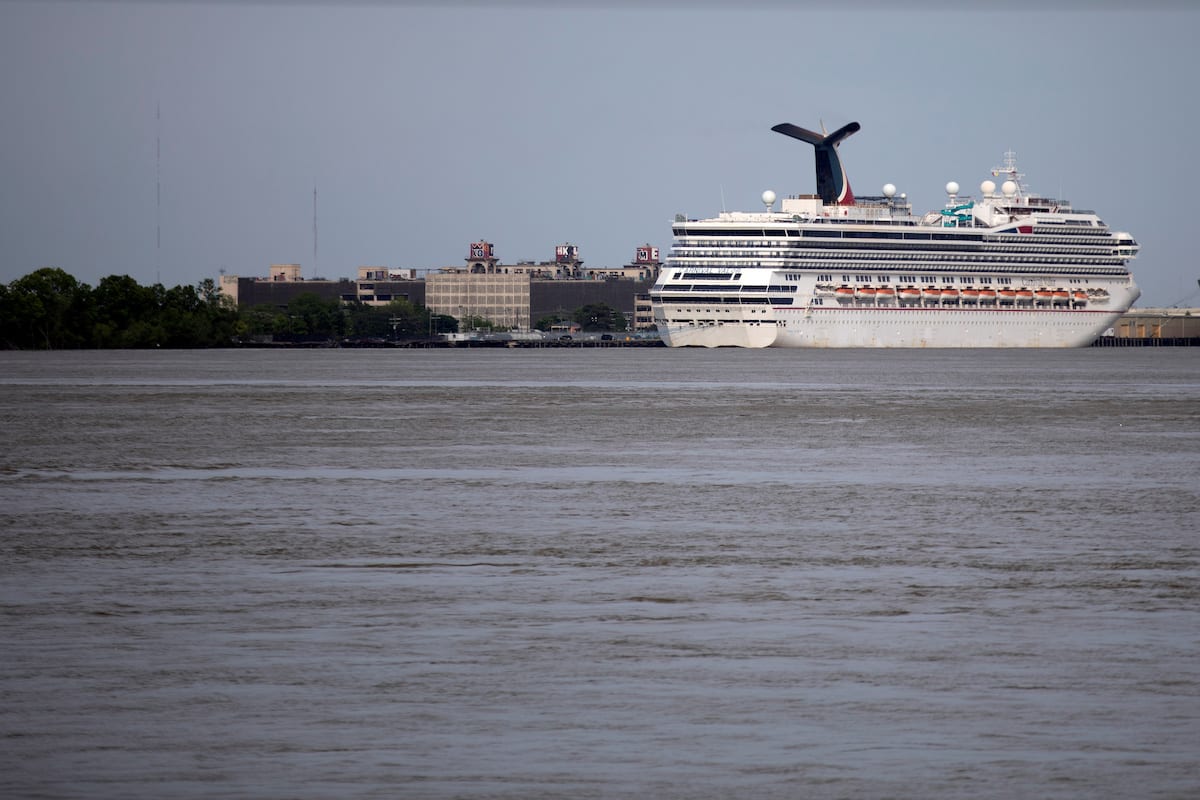MEMORIAL DAY WEEKEND SPECIAL EDITION
By Robin Storm


These GPIRB/EPIRBs are critical life safety devises that every mariners life depends on when “Ship Happens”.
Our investigation started with the malfunction of the ACR Globalfix 406 Cat II aboard the Sean Seamour II.
For some background on this incident refer to my July 2007 posting, EPIRBs and the s/v Sean Seamour II , and Captain John Konrad’s posting EPIRB Failure aboard the “Sean Seamour”
Since the sinking of this sailboat and rescue of its crew we have focused on those EPIRBs and GPIRBs that have been reported either as not working or have malfunctioned.
In all fairness to the manufactures of EPIRBs and GPIRBS. These devises normally operate with great success and are credited with saving many lives. They are extremely important pieces of life safety equipment that all mariners need to take seriously. Moreover when they fail, they can for a number of reasons. Some mechanical, some weather related, some because of poor maintenance, some because of improper registration and some fail because of the poor positioning by mariners on their vessels or they just don’t turn them on. These devises are like smoke detectors or intruder alarms in ones home.
If you do not install the smoke detector properly the odds are it just might not detect the initial stages of combustion or warn late of a fire. If you don’t activate your homes burglar alarm then you can bet your not protected and wasting your money.
Since the sinking of the Sean Seamour II, we have been tracking the reports of EPIRBs and GPIRBs that have failed to transmit the emergency beacon signal or failed for one reason or another. What we found is that the Sean Seamour II is not the only incident or report of a malfunction or report of a GPIRB/EPIRB not working. The cases of the F/V Papa George, F/V Illusion the F/V Ellie B and recently the F/V Sav-A-Buck just to note a few examples of reported failures.
To date the investigation continues. What we have found so far raises concern. While there are independent test reports on why GPIRB and EPIRB might fail to some degree. There is very limited follow up when they do actually fail. Again the reasons are many and they include, the lost of the GPIRB/EPIRB during the incident at sea or a waterway and the lack of a formal reporting procedure or failure data base. More frightening still, is how many mariners never make it back to report or relate what happened. It seems that no one knows for sure what the actual failure rates are of the 75, 000 + GPIRB/EPIRBs in the NOAA 406 MHz registry data base and now with the 406 MHz ELTs and PLBs the number of 406 MHz Emergency Beacons registered now totals over 82,000.
While many, many private boats have GPIRBs and EPIRBs and many commercial vessels are required by US Law to have a certified and inspected EPIRB/GPIRB on board and while the regulation calls for the United States Coast Guard (USCG) to conduct a informal failure investigation of any USCG Certified and Inspected Life Safety devise, which includes a EPIRB and or GPIRB. The USCG just does not have the proper staffing, funding or facilities to conduct such testing independently.
Additionally it is my understanding that of these 75,000 to 80,000 + units in NOAA’s registry, it appears that no one knows how many GPIRB/EPIRBs are still operational and how many are not. While there are regulations concerning registering and certifying these devises. There are no requirements to report a EBIRB or GPIRB that is no longer certified or operational. Like your cars licenses plate, when you get a new one you must turn it in so the motor vehicles department can make the appropriate changes in their data base. Well it appears that this does not happen with EPIRBs and GPIRBs.
We are pressing for the US House Subcommittee on the Coast Guard and Marine Transportation to conduct both an investigation into these deficiencies and potentially hold formal hearings in the future.
Again I cannot stress enough the importance and success rate of both the GPIRB and EPIRB to the maritime and boating communities. They are credited with saving many lives. To date worldwide some 22, 058 people have been rescued since 1982. 5, 842 in the United States since 1982 and 94 this year in the US alone.
But if we can save just one more life by fortifying the registration data base and understanding the cause and effect of a failure. That is money and time very well spent.
CORRECTION
I also wish at this time to make a important correction to MAIS – Maritime Podcast Episode 22 that both Captain John Konrad and I did on GPIRB/EPIRBs. I made a mistake that was brought to my attention by a listener, which I was able to confirm.
During the podcast I stated that NOAA handles all GPIRB/EPIRB Registrations. Well in reality NOAA COSPAS-SARSAT is a partnership with 29 other Nation States and is only responsible for the registration of GPIRB/EPIRBs that are owned and operated by vessels registered in the United States. Each Nation State that is a partner is responsible for their respective registries.
So if your GPIRB/EPIRB is registered in the United States then NOAA COSPAS-SARSAT is the agency you should be checking with to verify the hexadecimal code with. If your registered with one of the other 29 Nation States then you must check the registry with that Nation State.
INTERIM RECOMMENDATIONS
We are recommending that all mariners who own GPIRB/EPIRBs make sure that: 1. They are properly registered with the Nation State that the vessel is registered with. If you own one that is not registered please take the time and register it. Registration is free.
We are also recommending that all mariners check the hexadecimal code with that Nation State. If you are US registered there are a couple of ways to achieve this. 1. You can write the NOAA registry at COSPAS-SARSAT, NSOF, E/SP3, 4231 Suitland Road, Suitland, MD 2. You can call COSPAS-SARSAT at 301.817.4515 or toll free: at 888.212.7283. 3. Fax them at 301.817.4565. Provide them with all the information on the GPIRB/EPIRB including the boat/vessel/aircraft and owners identification which the devise is registered to.
4. You can check on-line if the GPIRB/EPIRB is already registered by clicking on the link below…
Once again check and make sure that your GPRIB/EPIRB’s certification and maintenance is in order and was done properly by which ever service company was used. Even if this means calling them. Lastly, we ask all mariners who’s GPIRB/EPIRBs are no longer operational to contact their respective Nation State registries and cancel out the registration.
DO NOT ACTIVATE THE GPIRB/EPIRB TO TEST IT! Talk about all hell breaking out….
While your checking this equipment why not check the rest of your life safety equipment, such as all flotation devises, beacons, rafts, radio’s, flare guns etc…. Do it now and do not wait until your underway. Remember also filing a “Float Plan” is not a bad idea. Who knows it just might be your life it saves one day. The idea is to make it easy for rescue agencies to locate you. No matter if your sailing transatlantic or floating on a lake or bay.
I will also add that it appears that the other Nation States that are partnered with NOAACOSPAT-SARSAT seem to have the same problems that we are covering here. It just might be something that the International Maritime Organization (IMO) may have to get involved with.
We will keep you posted as our investigation continues. If any of our readers have heard or know of a reported GPIRB/EPIRB failure(s) please contact us.

 Join The Club
Join The Club













